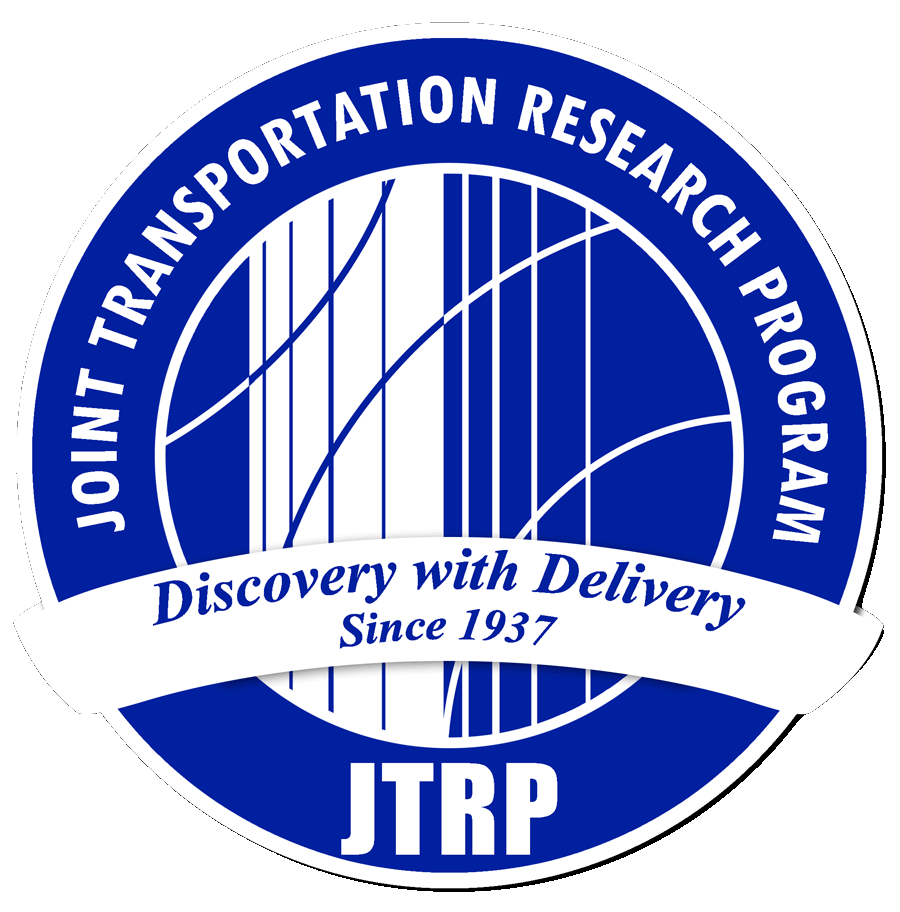Abstract
Highway workers face dangers from distracted drivers and challenging work zones, which results in thousands of incidents annually in the U.S. Traditional safety measures, though beneficial, highlight a need for advanced intrusion alert technologies. While many state DOTs are exploring these technologies, research gaps persist regarding their effectiveness in alerting drivers and workers. This study aims to evaluate the efficiency and implications of four commercial intrusion technologies, with a focus on drivers’ and workers’ cognition and response. Results offer practical guidelines and a decision-making tool to assist INDOT in selecting the optimal technology. The ultimate goal is to significantly reduce incidents in highway zones in Indiana and nationwide.
Keywords
intrusion alert technologies, work zone safety, wearable technologies, driver safety, worker safety, risk perception, auditory perception
Report Number
FHWA/IN/JTRP-2024/08
SPR Number
4629
Sponsoring Organization
Indiana Department of Transportation
Performing Organization
Joint Transportation Research Program
Publisher Place
West Lafayette, Indiana
Date of Version
2024
DOI
10.5703/1288284317727
Recommended Citation
Hasanzadeh, S., Esmaeili, B., Lee., K., Pokharkar, H., Pooladvand, S., & Chang, W.-C. (2024). Implementation and assessment of highway intrusion technologies (Joint Transportation Research Program Publication No. FHWA/IN/JTRP-2024/08). West Lafayette, IN: Purdue University. https://doi.org/10.5703/1288284317727
SPR-4629 Technical Summary.pdf (893 kB)
Technical Summary


